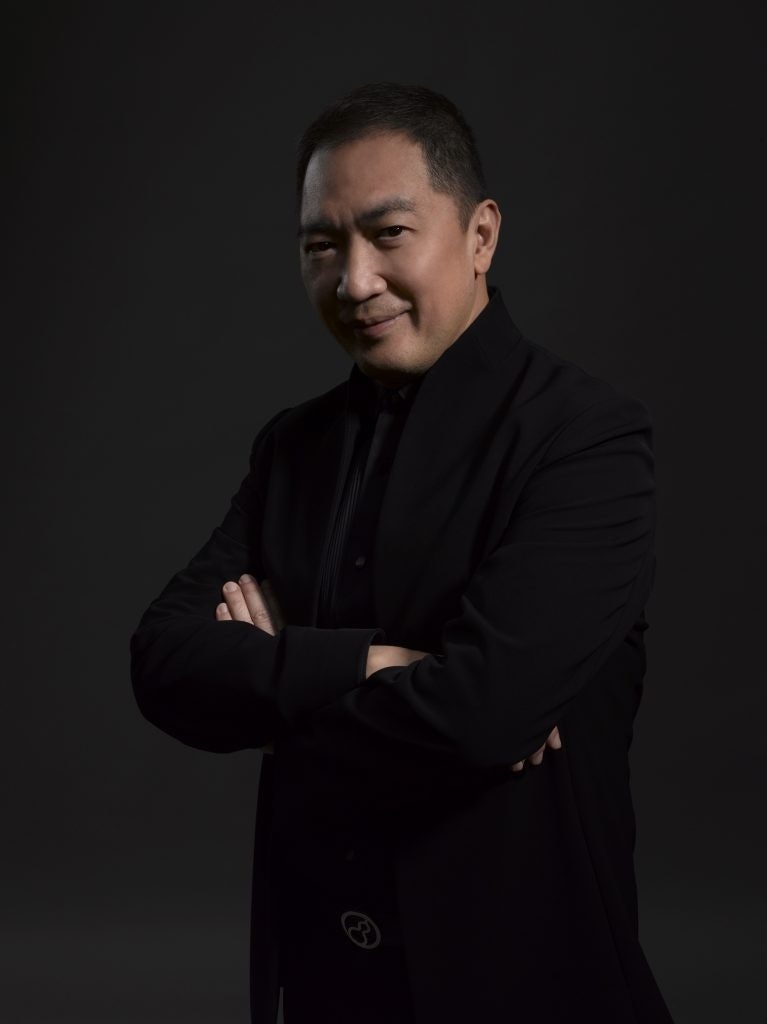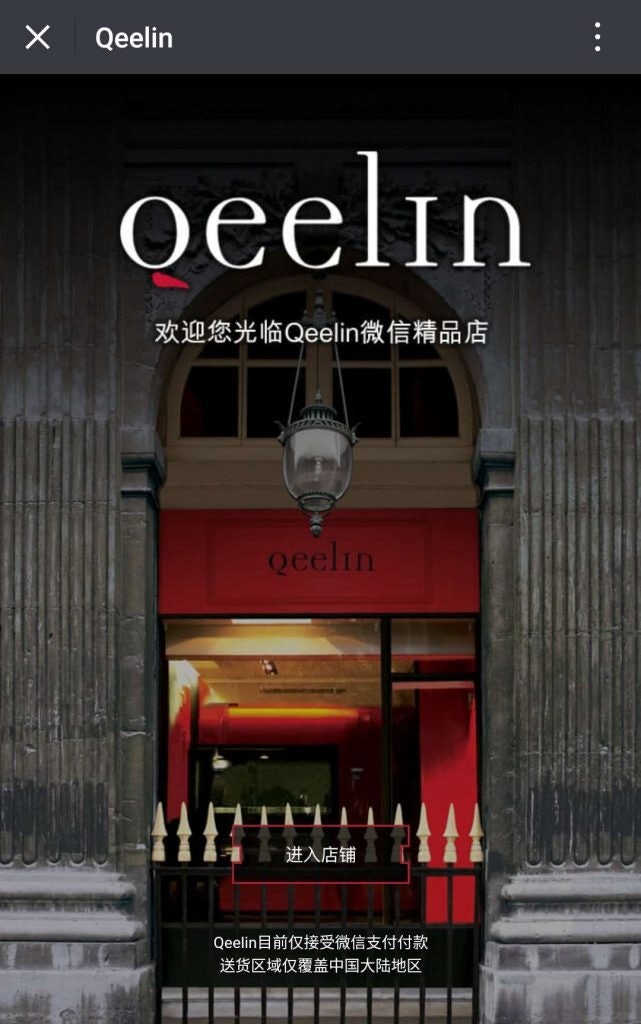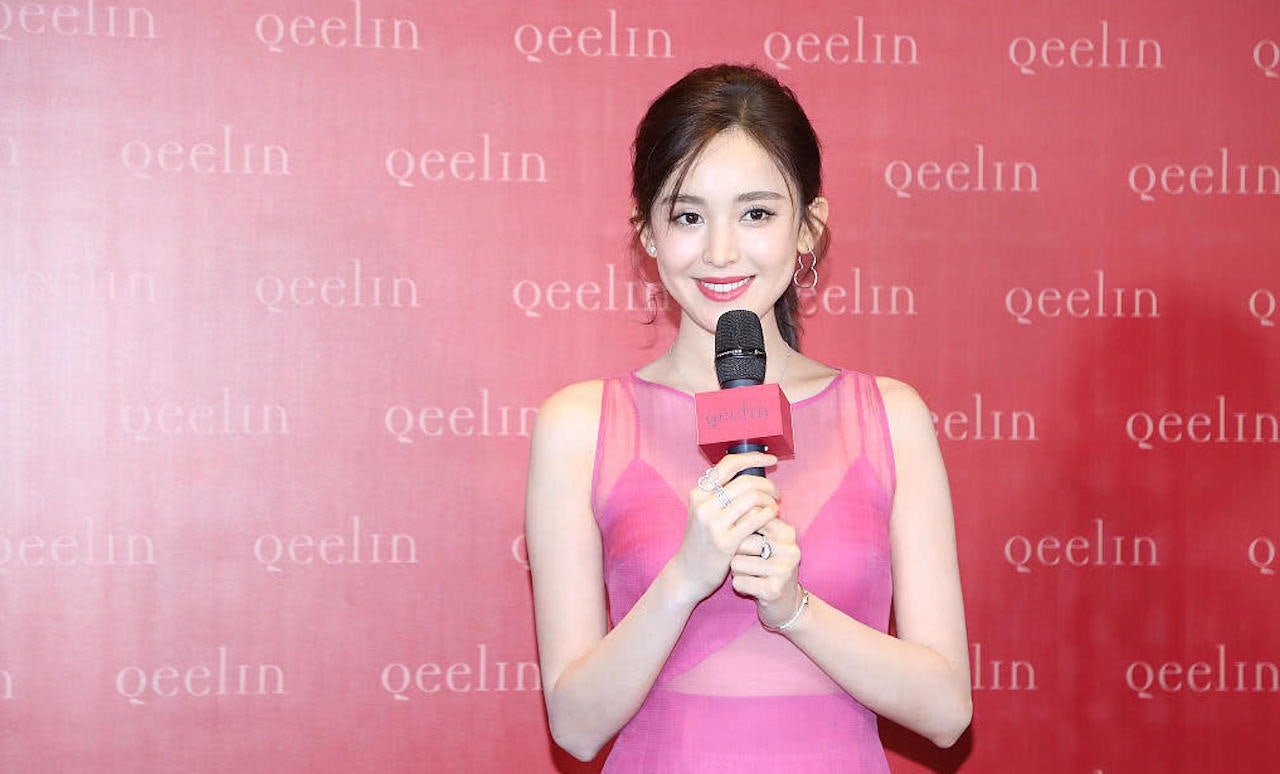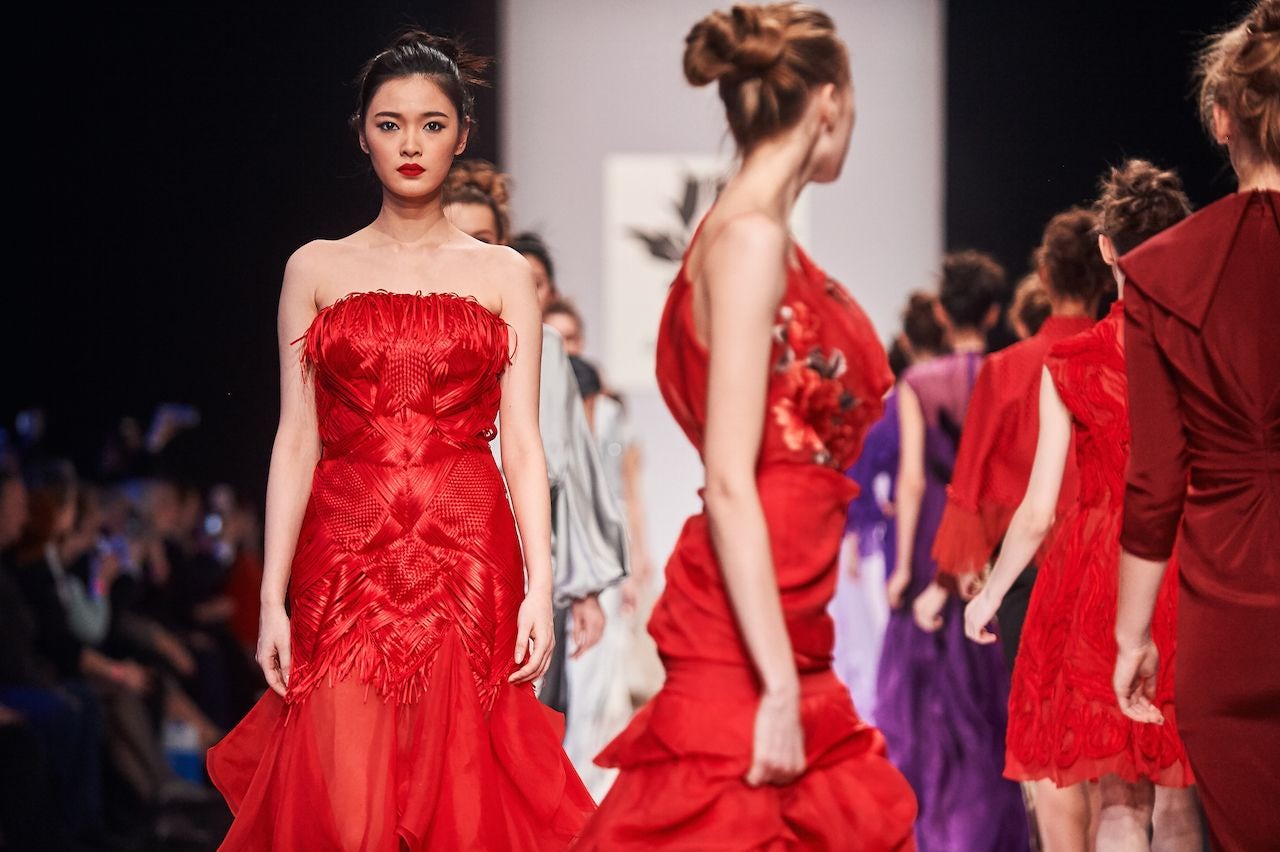Establishing a luxury brand is a complicated business, requiring not only capital and resources but also know-how. Catering to Chinese consumers, who make up a significant portion of luxury sales worldwide, and have become much more sophisticated in recent years, is especially tricky.
Many luxury brands have been mocked for incorporating cheesy Chinese design elements in the past. Meanwhile, local brands often lack the heritage and resources to be recognized as true luxury brands. Many luxury groups inside and outside China are hopeful they can acquire or develop homegrown luxury labels, but that's not so simple, as we learned when Swiss luxury conglomerate Richemont Group sold Shanghai Tang in July last year.
Analysts have argued what Shanghai Tang was missing was interest from the local Chinese market, even though it is perceived abroad as a quintessentially Chinese brand.
Richemont sold Shanghai Tang to reshuffle its portfolio — moving away from underperforming fashion brands to focus on jewelry and watches instead. Interestingly enough, jewelry brand Qeelin, which was acquired by Richemont's competitor Kering in December 2012, has been accelerating its growth in Asia, and will continue to invest in its expansion in 2018, primarily focusing on the Chinese market. So what made Qeelin succeed where other Chinese luxury brands fail?
Updating Chinese Traditional Designs#
Created in 2004 by Dennis Chan, and inspired by millennia of Chinese cultural history, Qeelin turns mythical and superstitious Chinese symbols into contemporary jewellery. The designer said it took 10 years to prepare the first designs for Qeelin, incorporating thousand-year-old elements like gourds, pandas, and dragons in a way that resonates with contemporary Chinese consumers.

If the clover is the iconic element for Van Cleef & Arpels, the bottle gourd is what consumers most recognize about Qeelin. Named after the hulu, the Chinese name of the bottle gourd, the Wulu collection launched Qeelin back in 2004. In traditional Chinese culture, the hulu symbolizes protection and safety. It is shaped like a figure 8, which is a near homonym for the Chinese pronunciation of 'rich'. Eight, turned on its side, is also universally recognized as a symbol of eternity. Qeelin has incorporated the element of hulu is all types of products — earrings, necklaces, and bracelets. The making of Wulu has also been described as a technical breakthrough, because natural gemstones are a difficult material to curve into such shapes with precision.
The Changing Face of the Brand#
Qeelin first caught the attention of the world when actress Maggie Cheung appeared at the Festival de Cannes wearing Qeelin’s signature Wulu collection. As younger consumers became the drivers of luxury consumption, Qeelin's strategy of choosing a brand ambassador shifted.
On April 18, Qeelin named actress Nazha to be the new brand ambassador, becoming the first high jewelry house to team up with the actress. Brand CEO Christophe Artaux said Nazha's appeal to millennials was the main reason behind this partnership. “Nazha has remarkable opinions on fashion styling, and possesses the special vitality and personality of a contemporary young person. These qualities are in complete harmony with the stylish independence and of modern women that Qeelin has always supported.”
Qeelin also produced a promotional campaign focused on highlighting the unique personalities of modern women of different ages and backgrounds. In 2017, a yearlong #beqeelinbeyourself social media campaign featured actresses Xu Shiman and Zhang Jingchu wearing Qeelin jewelry. The brand recently worked with the fashion bloggers including Becky Li for its classic Wulu collection. All 18 bracelets on offer sold out during the campaign.
Local-focused#
Expansion Strategy#
Thanks to the resources provided by Kering, Qeelin expanded quickly after the acquisition, reaching total 19 of boutiques worldwide. It first opened in Paris, then London, reinforcing its identity as an international luxury brand before moving to Hong Kong and mainland China.
The brand continued to build momentum, expanding in 2017 to focus on both local consumers and global Chinese travelers. It opened three boutiques in Chongqing, Xiamen, and Beijing, and collaborated with Lotte on the Korean Duty-Free market, as well as with Galeries Lafayette Haussmann in Paris.

As a strategy to reach lower-tier cities that can't access retail stores, Qeelin opened its first WeChat store in 2017, though it's unknown how much online sales has attributed to overall revenue.


